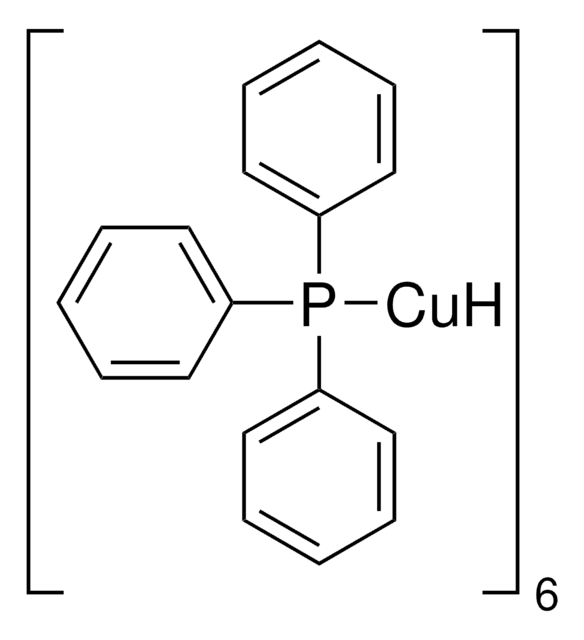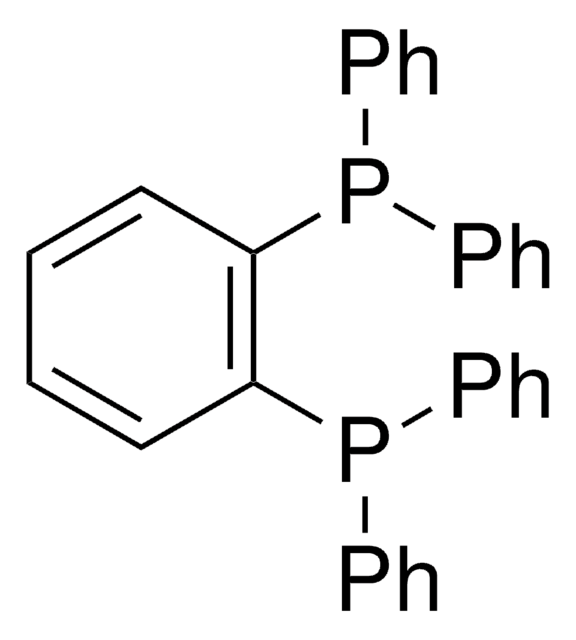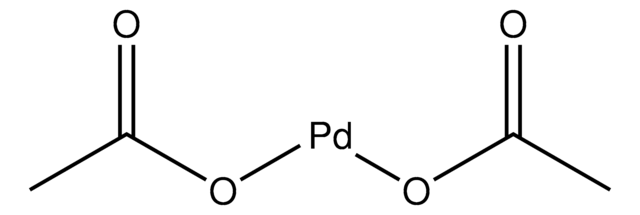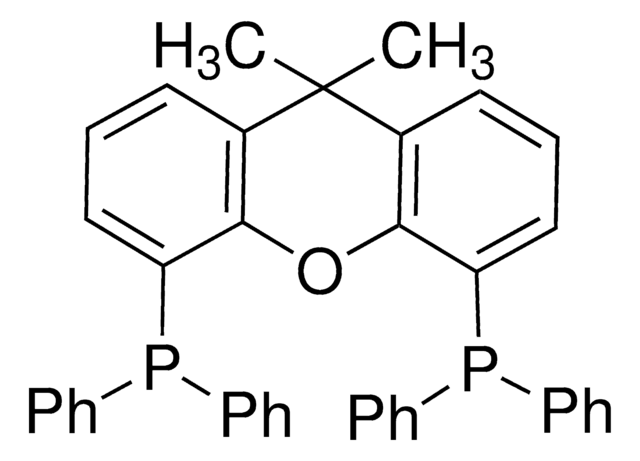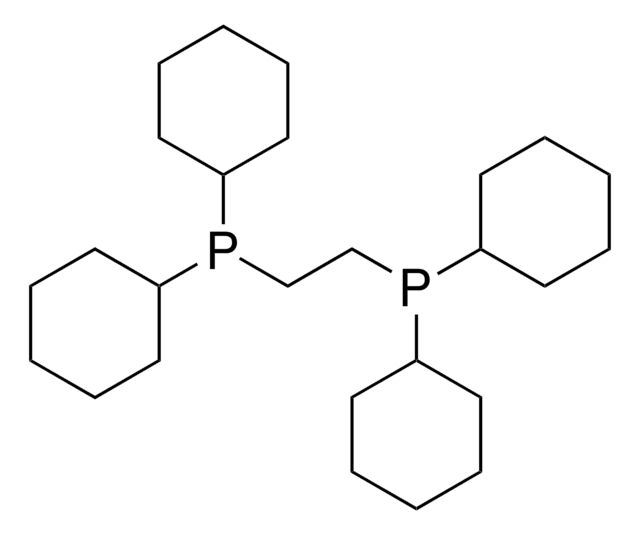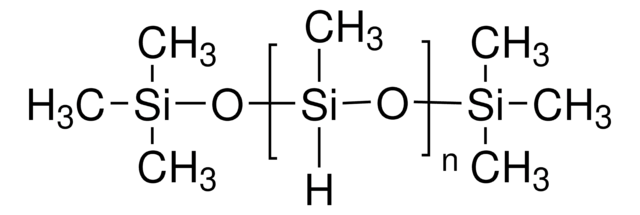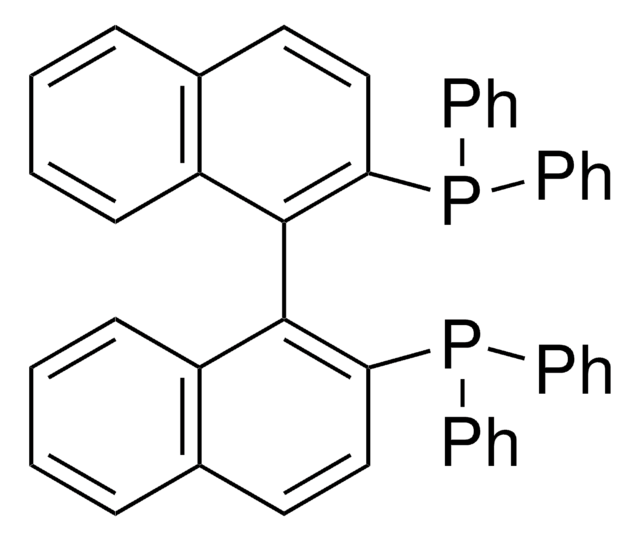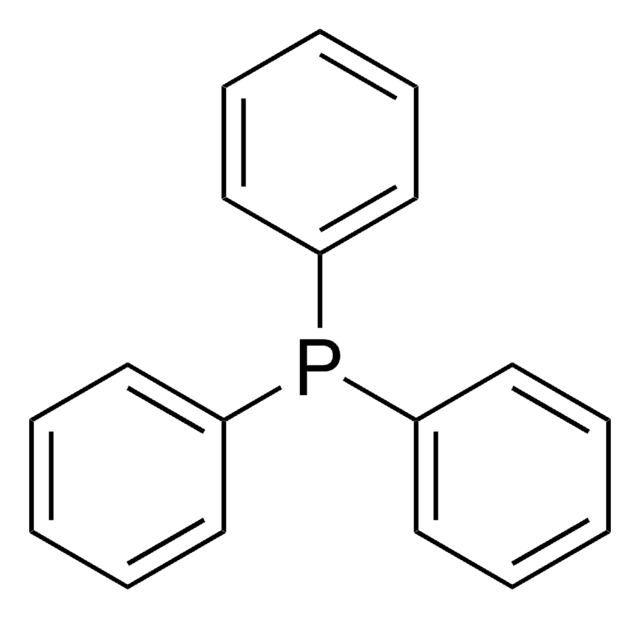706515
Copper hydride (CuH) solution
in toluene
Synonym(s):
"Hot" Stryker′s Reagent, (BDP)Cu(H), Copper monohydride, Cuprous hydride
Sign Into View Organizational & Contract Pricing
All Photos(1)
About This Item
Linear Formula:
CuH
CAS Number:
Molecular Weight:
64.55
MDL number:
UNSPSC Code:
12352300
PubChem Substance ID:
NACRES:
NA.22
Recommended Products
form
liquid
reaction suitability
core: copper
reagent type: catalyst
concentration
in toluene
storage temp.
−20°C
SMILES string
[CuH]
InChI
1S/Cu.H
InChI key
JJFLDSOAQUJVBF-UHFFFAOYSA-N
Application
Reagent for stereoselective synthesis of exocyclic tetra substituted enol ethers and olefins
Signal Word
Danger
Hazard Statements
Precautionary Statements
Hazard Classifications
Aquatic Chronic 3 - Asp. Tox. 1 - Flam. Liq. 2 - Repr. 2 - Skin Irrit. 2 - STOT RE 2 - STOT SE 3
Target Organs
Central nervous system
Storage Class Code
3 - Flammable liquids
WGK
WGK 3
Flash Point(F)
42.8 °F
Flash Point(C)
6 °C
Regulatory Information
新产品
Choose from one of the most recent versions:
Already Own This Product?
Find documentation for the products that you have recently purchased in the Document Library.
Benjamin A Baker et al.
Organic letters, 10(2), 289-292 (2007-12-21)
A ligand-modified, economical version of Stryker's reagent (SR) has been developed based on a bidentate, achiral bis-phosphine. Generated in situ, "(BDP)CuH" smoothly effects conjugate reductions of a variety of unsaturated substrates, including those that are normally unreactive toward SR. Substrate-to-ligand
Niklas O Thiel et al.
Organic & biomolecular chemistry, 14(45), 10660-10666 (2016-10-27)
An air-stable and preactivated copper(i) hydroxide/N-heteroyclic carbene (NHC) complex for alkyne semihydrogenations is reported. Next to an enhanced practicability of the process, the resulting alkenes are obtained with high Z-selectivities and no overreduction to the corresponding alkanes.
Our team of scientists has experience in all areas of research including Life Science, Material Science, Chemical Synthesis, Chromatography, Analytical and many others.
Contact Technical Service